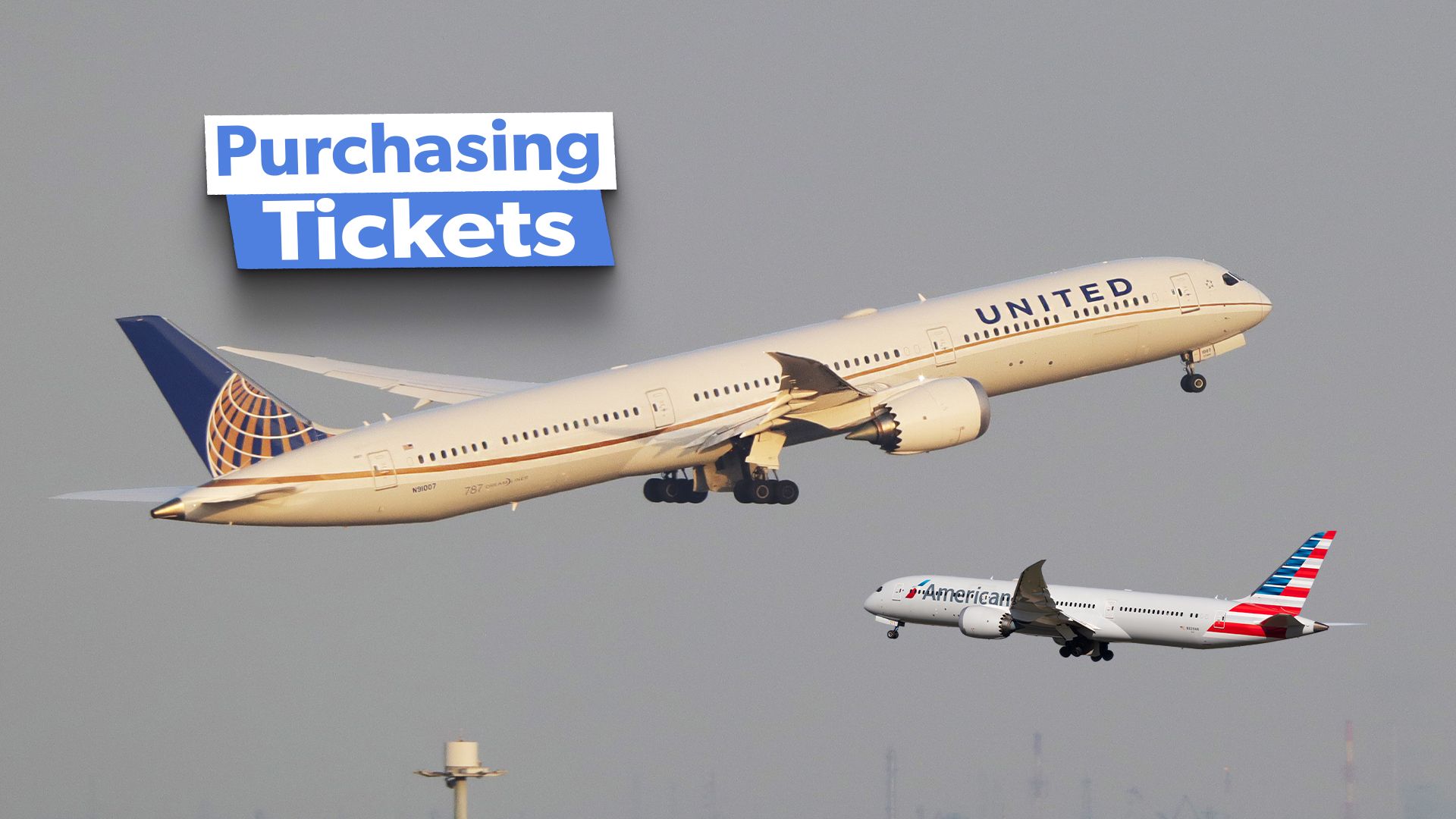Buying a ticket may seem like a relatively simple experience for the customer, as it typically involves simply getting on the website or mobile app of your favorite airline, putting in your destinations and dates, and choosing the flight that is right for you. In reality, selling tickets and deciding how or when to do so and at what prices, is a far more complicated task, with carriers having to decide how to offer their different tickets across a handful of different distribution platforms.
A few decades ago, there were relatively few ways to get an airline ticket
, and more of the time it would involve using your favorite travel agent or going directly to the counter at the airport and hoping that there was still an unsold ticket for the flight you wanted to be on. The advent of the internet brought along dozens of new ways for passengers to purchase tickets, and airlines had to adapt their business models to better reach their customers.
Each distribution channel serves its own purpose, and many target specific kinds of customers, whether that be business travelers, long-time fliers, or vacationers simply looking for the best deal on the table. Let’s take a deeper look at five different ways in which airlines sell tickets to customers.
1
Direct online/remote bookings
Target customer: Generic leisure travelers
Quite possibly, the most common way in which airlines sell tickets to passengers is through their websites, mobile apps, or over the phone, which accounts for around 53% of bookings, according to the latest reports from Xolo. The number of bookings that have been made directly has only continued to increase in the years following the pandemic, likely as a result of the increasing market control that loyalty programs have over passengers. Examples of direct online bookings include:
- Buying a ticket directly on the Delta Air Lines website
- Booking a flight through the United Airlines mobile app
- Making flight reservations by speaking with an American Airlines representative over the phone
Photo: Wenjie Zheng | Shutterstock
Overwhelmingly, the loyalty points that are offered to passengers for booking travel on cobranded credit cards are typically reserved exclusively for bookings made directly with the carrier. As a result, passengers with loyalty program credit cards have a strong incentive to book only through direct booking means.
2
Global Distribution Systems (GDS)
Target customer: Business/corporate travelers
As we have discussed extensively at Simple Flying, business travelers account for the majority of revenue generated by commercial airlines. As a result, the online distribution channels that connect business travelers (and their affiliated travel agents) to airlines are among the most important for carriers. Three companies dominate the GDS landscape, firms the average consumer may likely have never heard of, and they are as follows:
Photo: Ceri Breeze | Shutterstock
According to an analysis from Skift, these three companies collaborate extensively with travel booking platforms to help connect business travelers to the most convenient services. American Express Global Business Travel, one of the most important travel booking platforms for corporate travelers, for example, operates through extensive collaboration with Travelport.

Related
NYC Climate Week: What Companies Are Doing To Improve Sustainable Business Travel
Travel companies are rethinking how to promote sustainable aviation.
3
Online Travel Agents (OTAs)
Target customer: Budget-oriented leisure travelers
If you are looking for a deal and want to compare offers across airlines, OTAs are likely your best resource, as they can show you flights across more than a handful of different operators. Examples of OTA booking platforms include all the following:
- Kayak
- Expedia
- Trivago
- Booking.com
- CheapOAir
Photo: Leonard Zhukovsky | Shutterstock
One of the key differences to observe between GDS-backed business travel platforms and OTAs is the budget-consciousness of the travelers. For example, Expedia may help passengers compare different fares between airlines for nonstop flights to Florida for spring break and American Express Global Business Travel will help passengers look at which early morning departure from New York to Dallas will best fit into their busy schedule.

Related
How Budget Airlines Return Higher Profit Margins Than Legacy Carriers
Ultra-low-cost carriers are some of the industry’s most profitable.
It is important to note that while the leisure traveler cares most about finding the best deal, corporate travelers care more about convenience. For budget airlines, which primarily serve cost-conscious travelers, reaching customers through OTAs can be essential.
4
Tour operators
Target customer: Older passengers and families
An operational model that existed for decades before its collapse in an era dominated by AirBnb and online booking platforms, general tour operators still play an important role in certain markets. Tour operators package the entire logistics of a vacation, including hotels, flights, ground transportation and sightseeing. Examples of tour operators include:
- Thomas Cook Group
- TUI Group
Photo: Jean-Marc Pierard | Shutterstock
Tour operators as a whole, however, have slowly begun to disappear and today act a bit more like travel agents than they traditionally did in the past. The TUI Group remains somewhat a relic of former tour operator models, operating everything from cruise ships to international airlines, according to the organization’s website.
5
The ticket counter
Target customer: Last-minute travelers of all kinds
Photo: RaksyBH | Shutterstock
It may seem like a small source of ticket distribution for airlines, but it is still very possible to walk up to a carrier’s ticket counter and purchase a ticket just hours before departure. It may cost you a pretty penny, but passengers are still able to book tickets at the airport, as often is done in the event that a passenger’s flight on a different carrier is refunded, and they need to travel.

Related
Enraged American Airlines Passenger Destroys Counter With A Hammer Over Ticket Scam
The passenger thought he purchased a ticket which was not found in the airline system.






